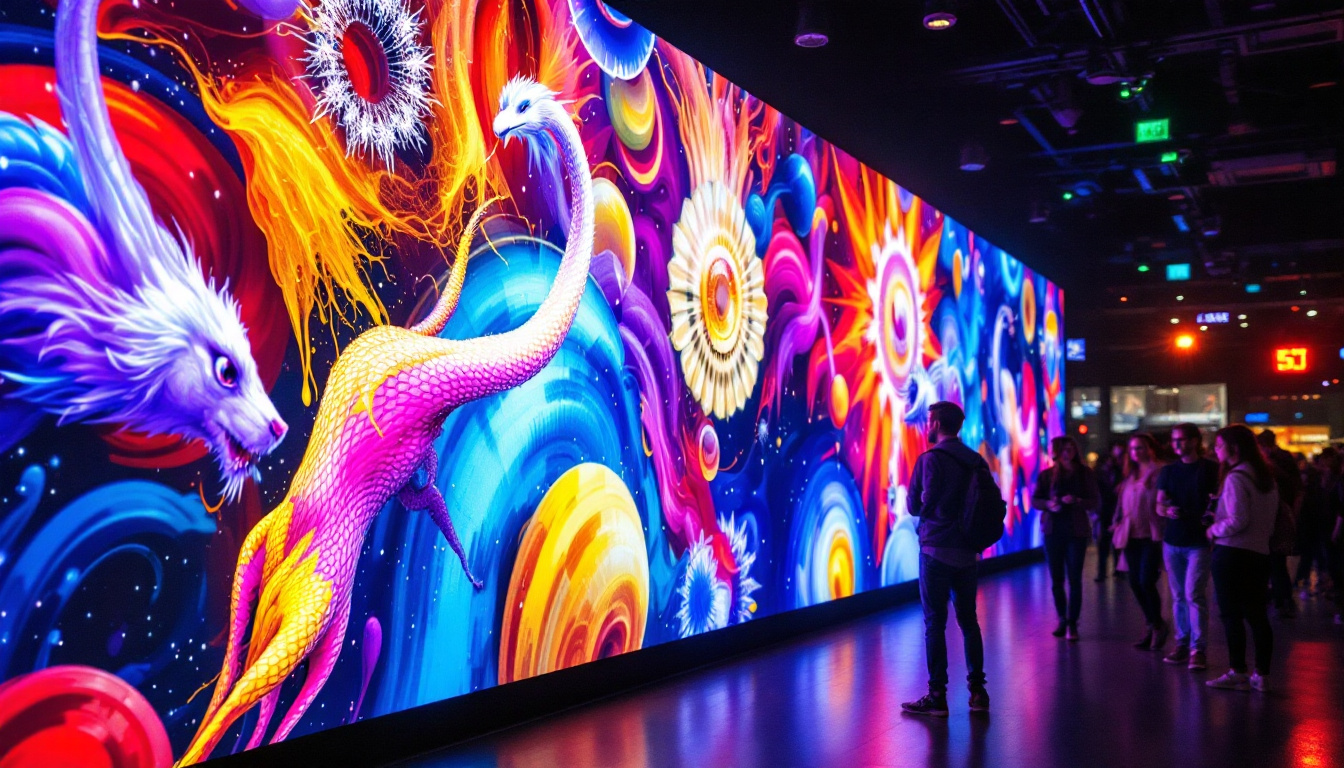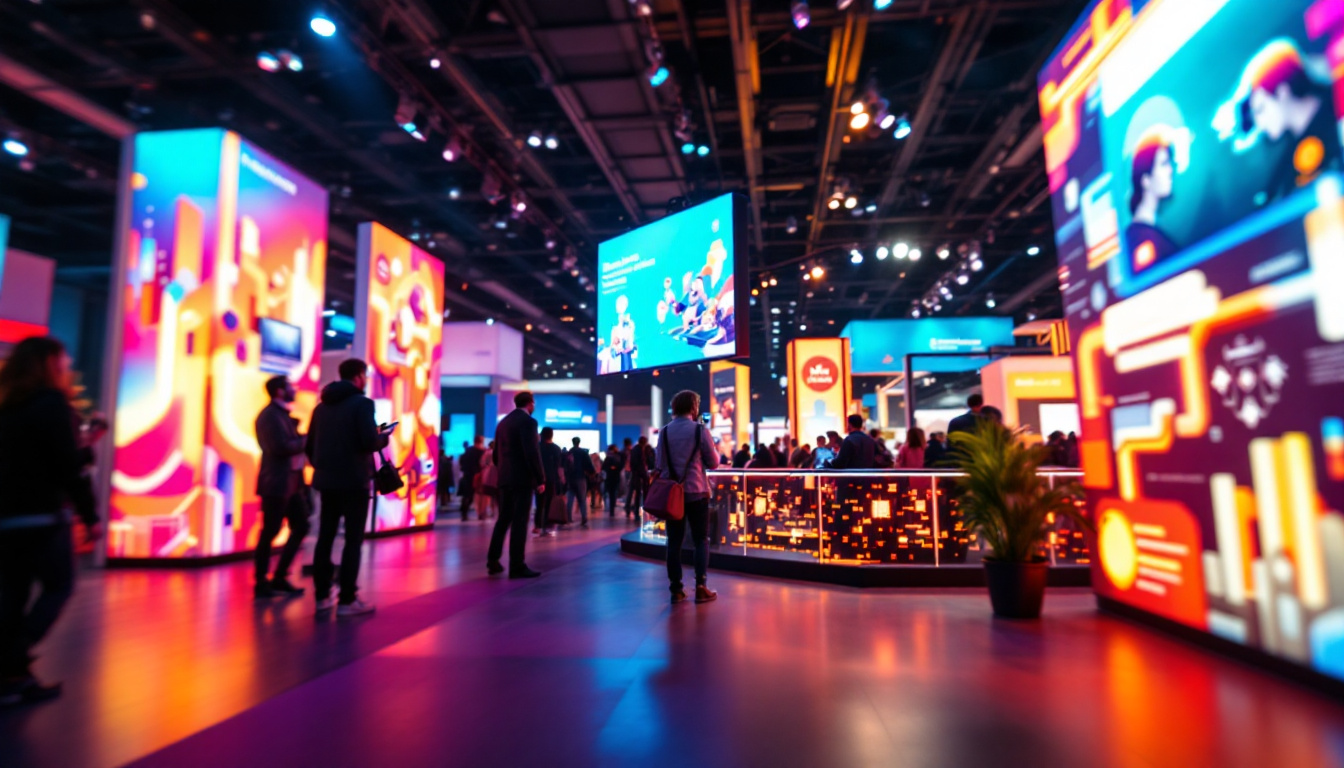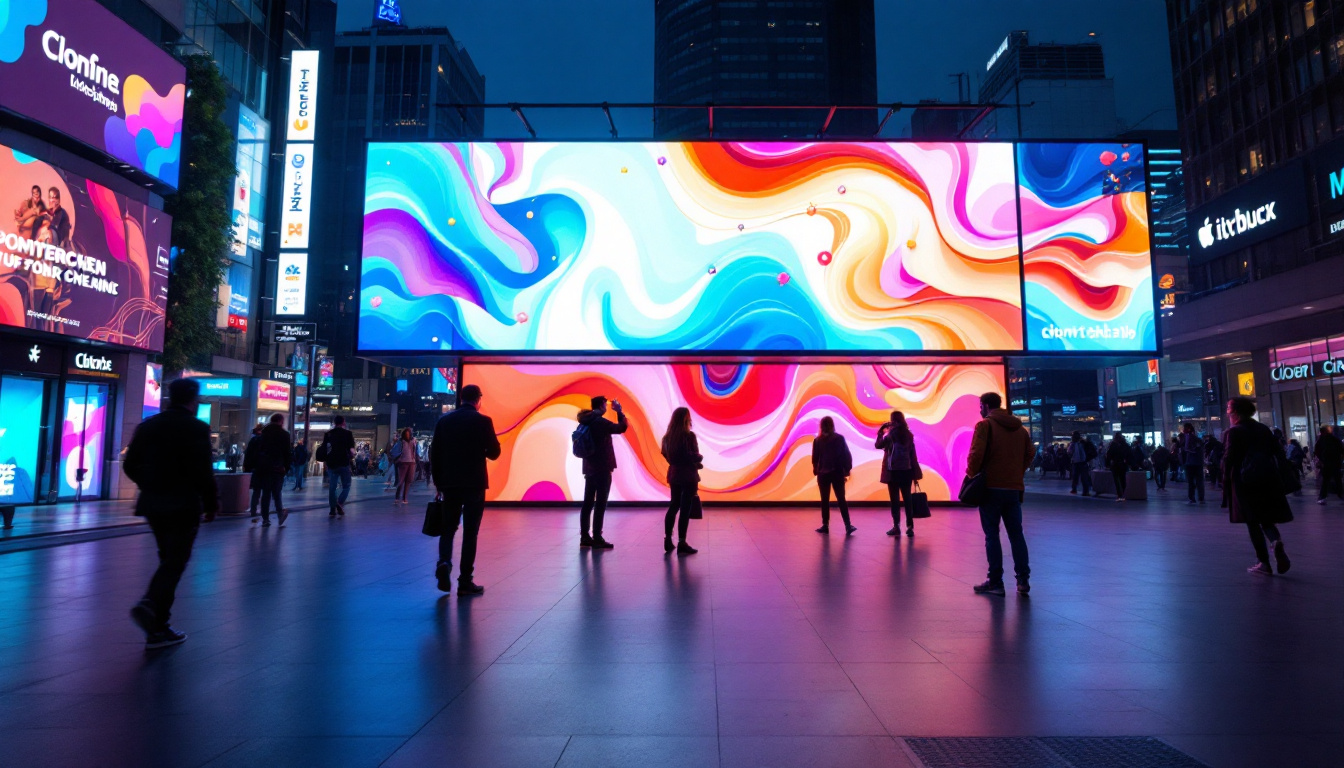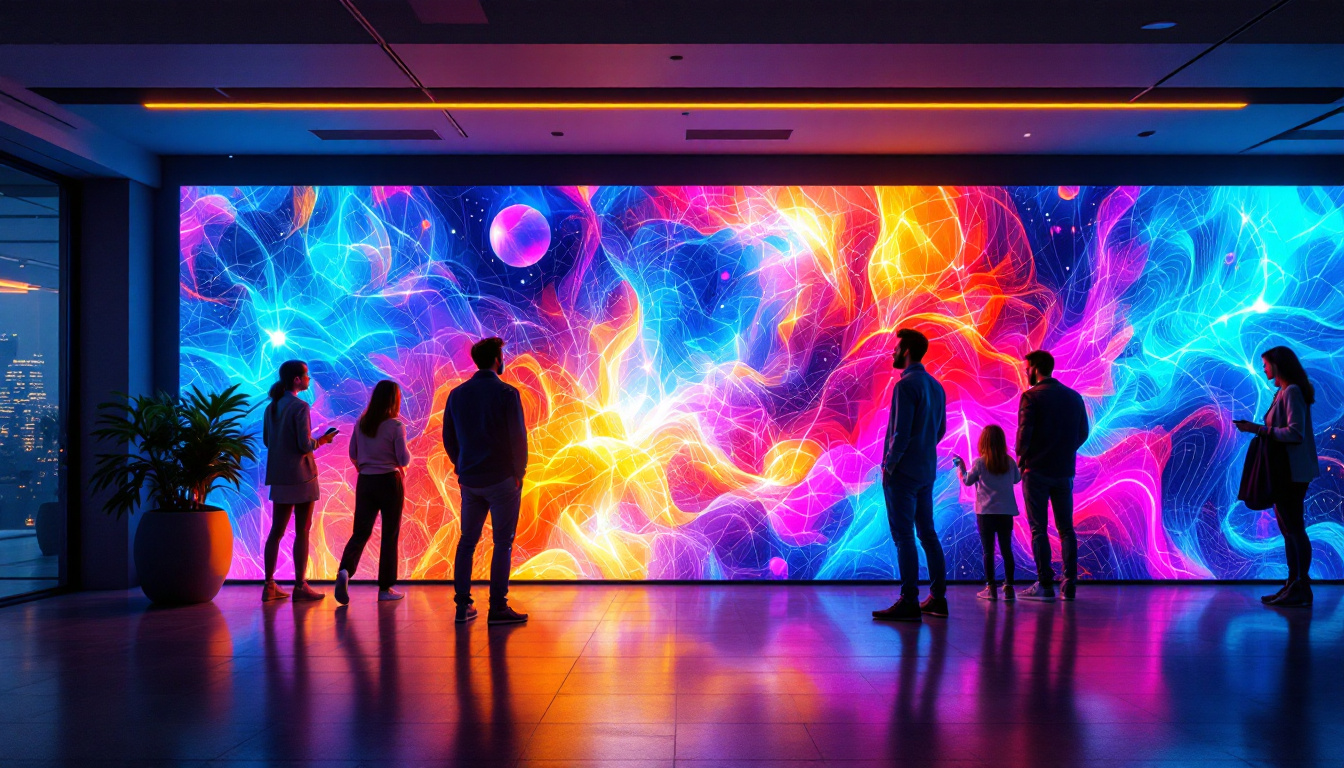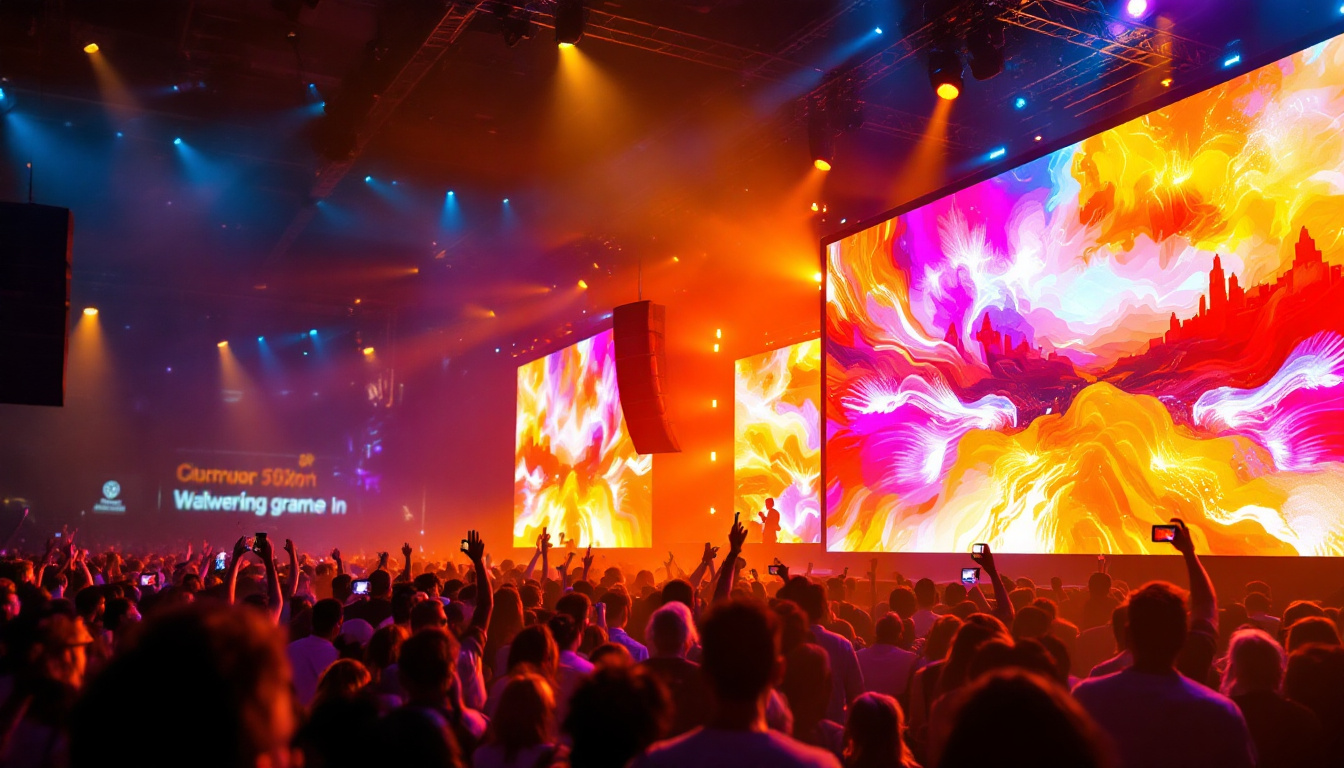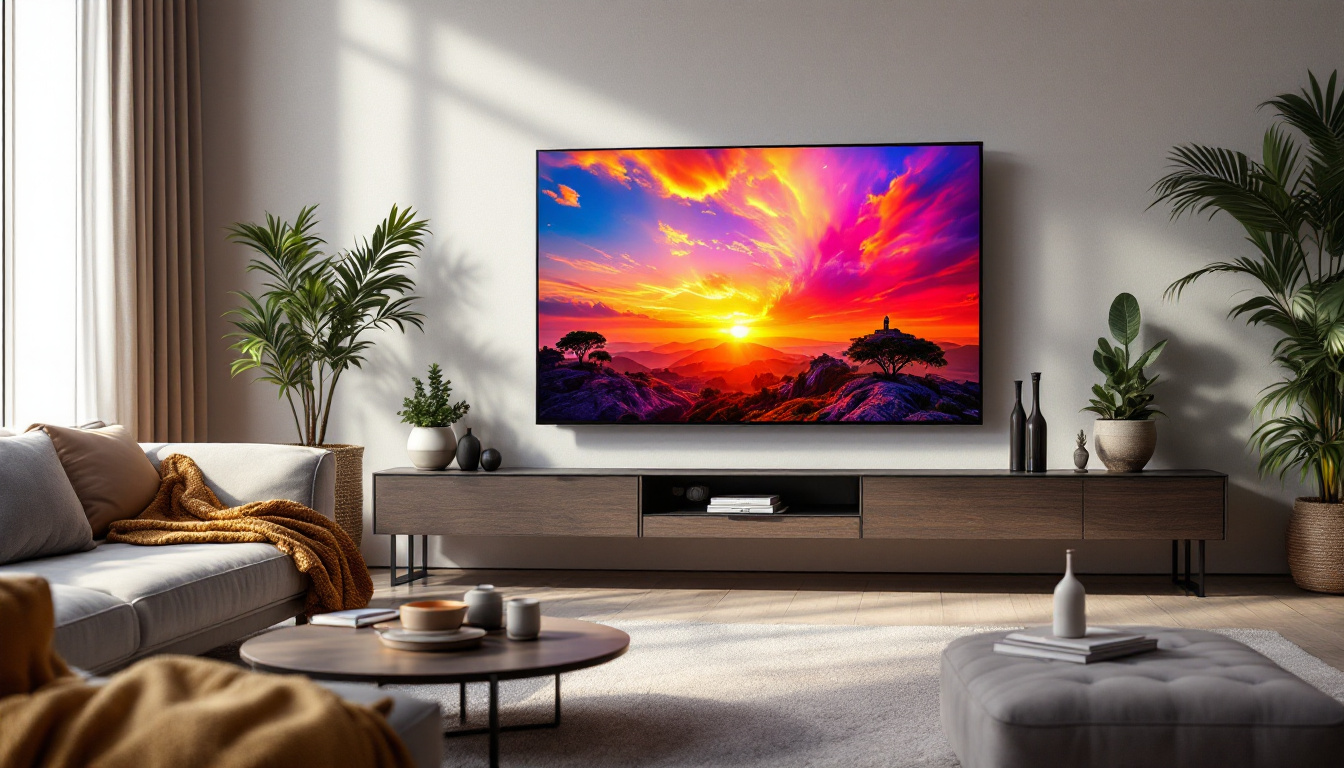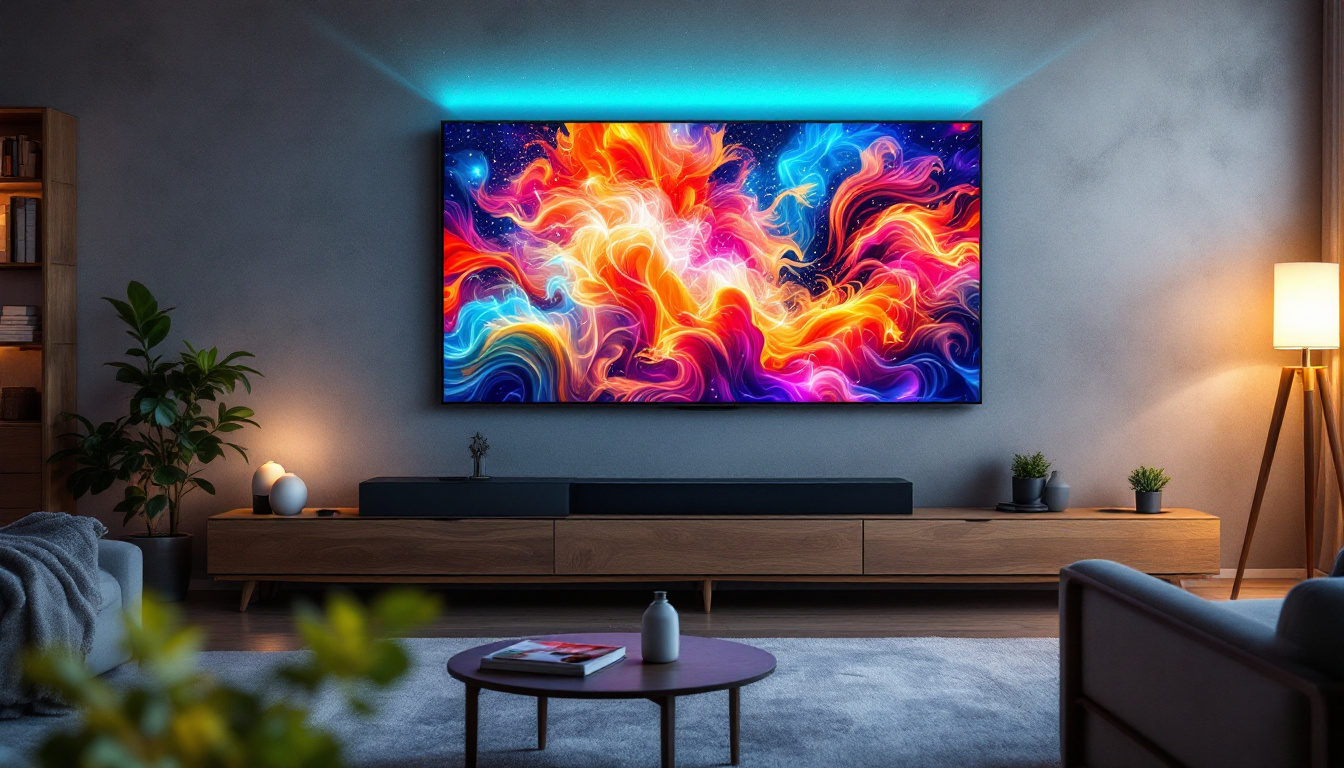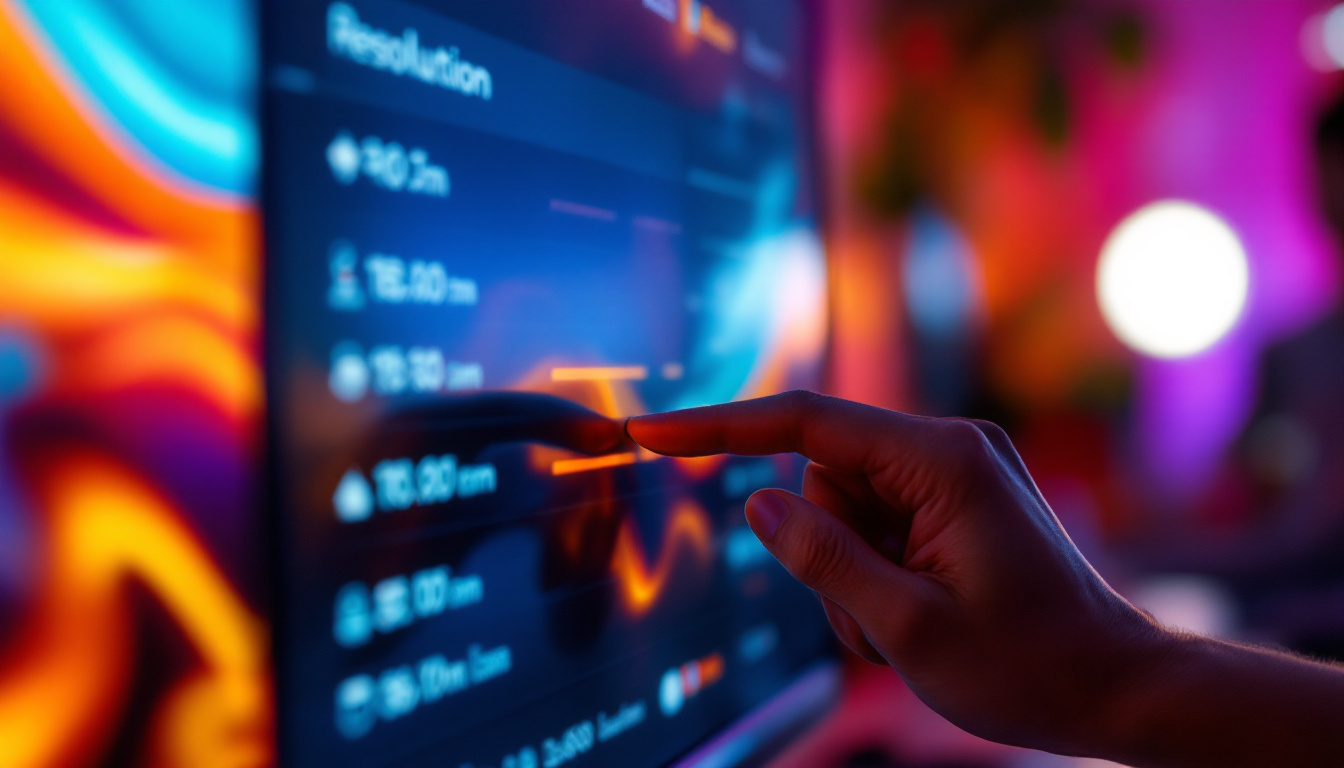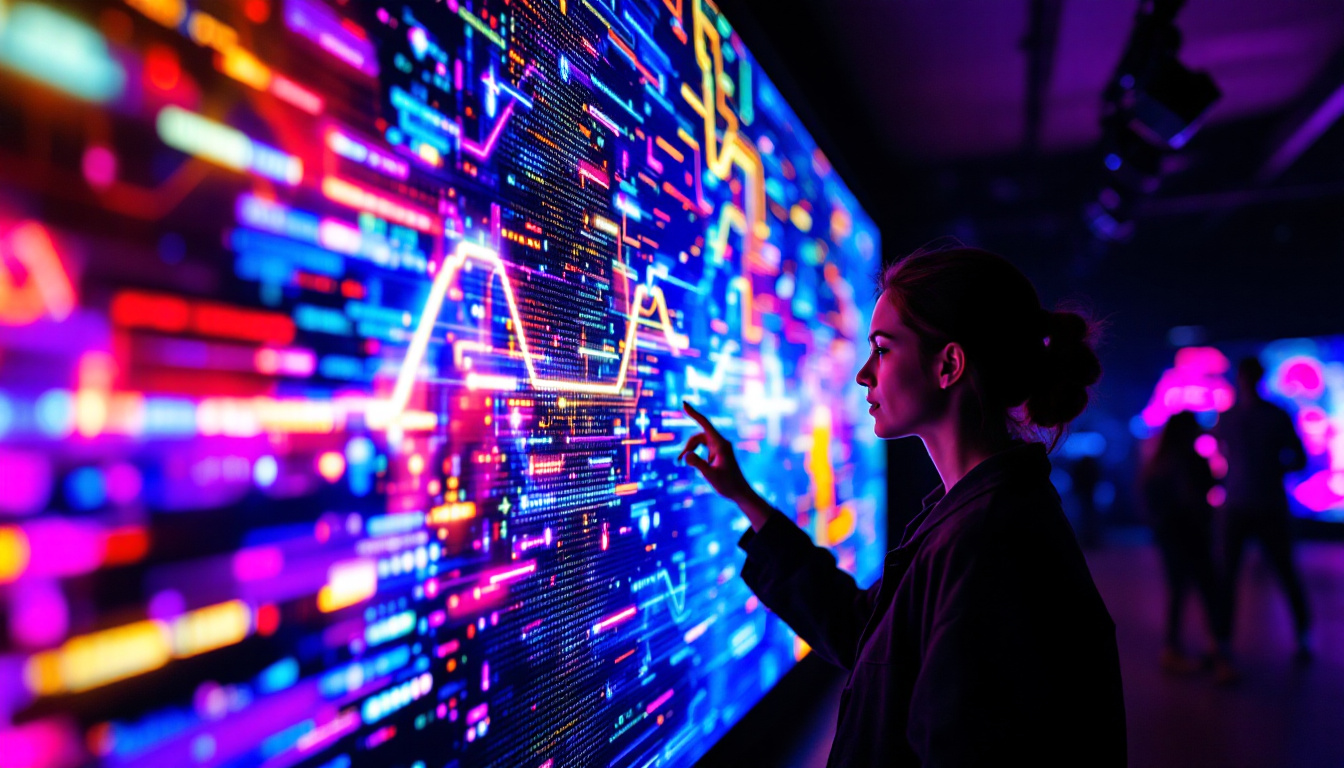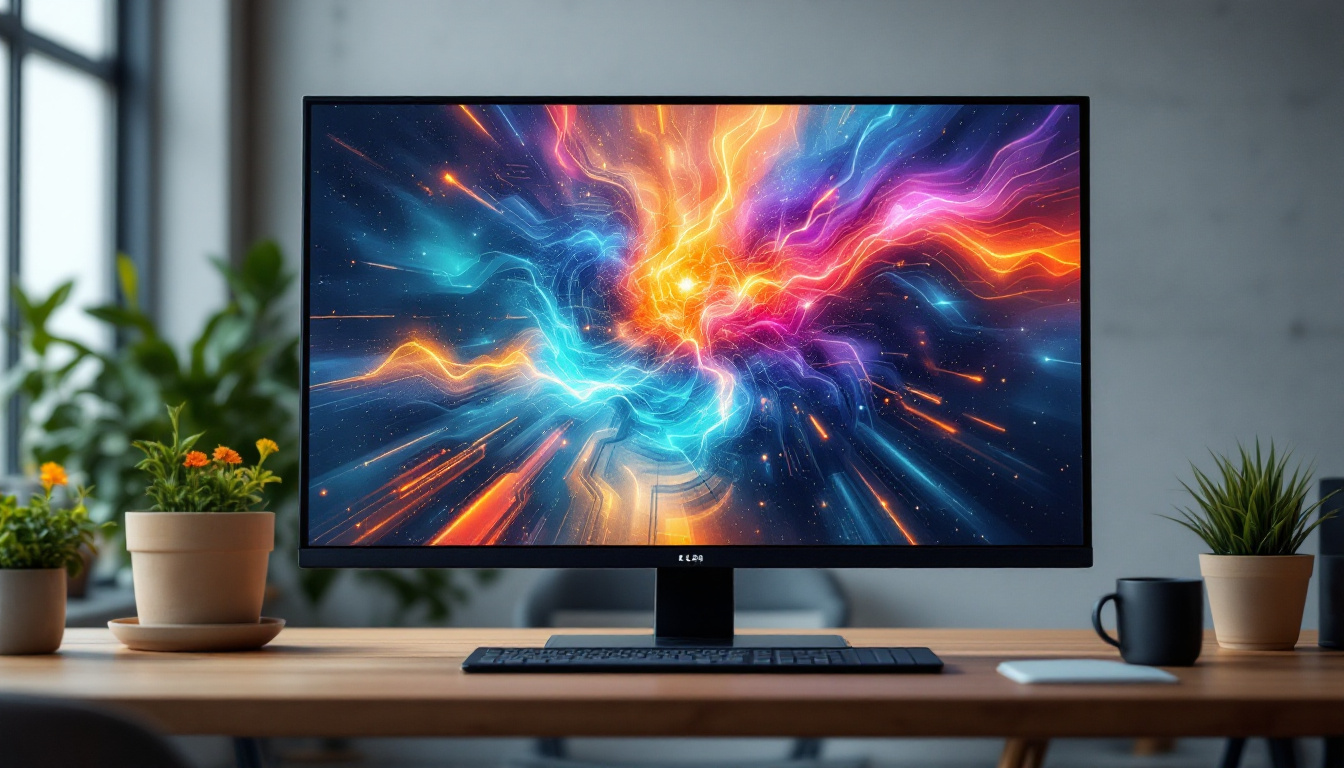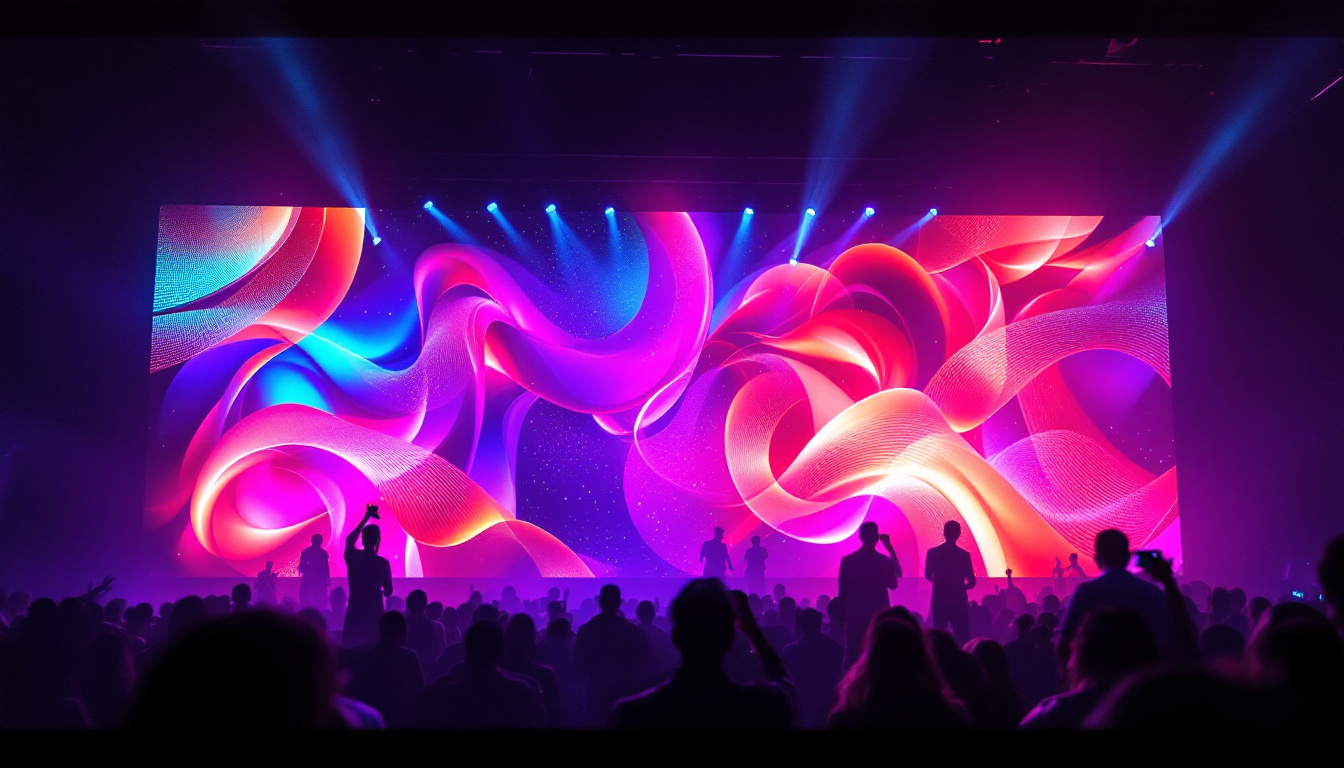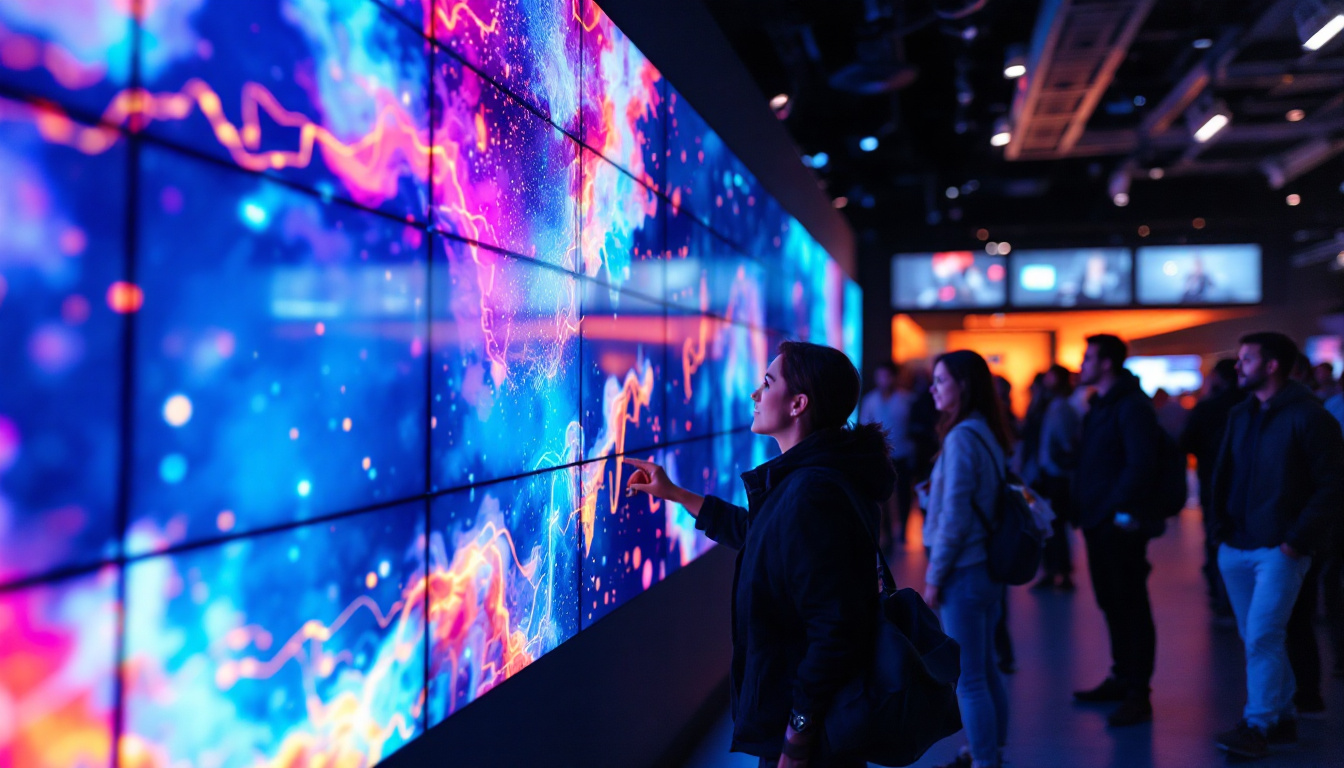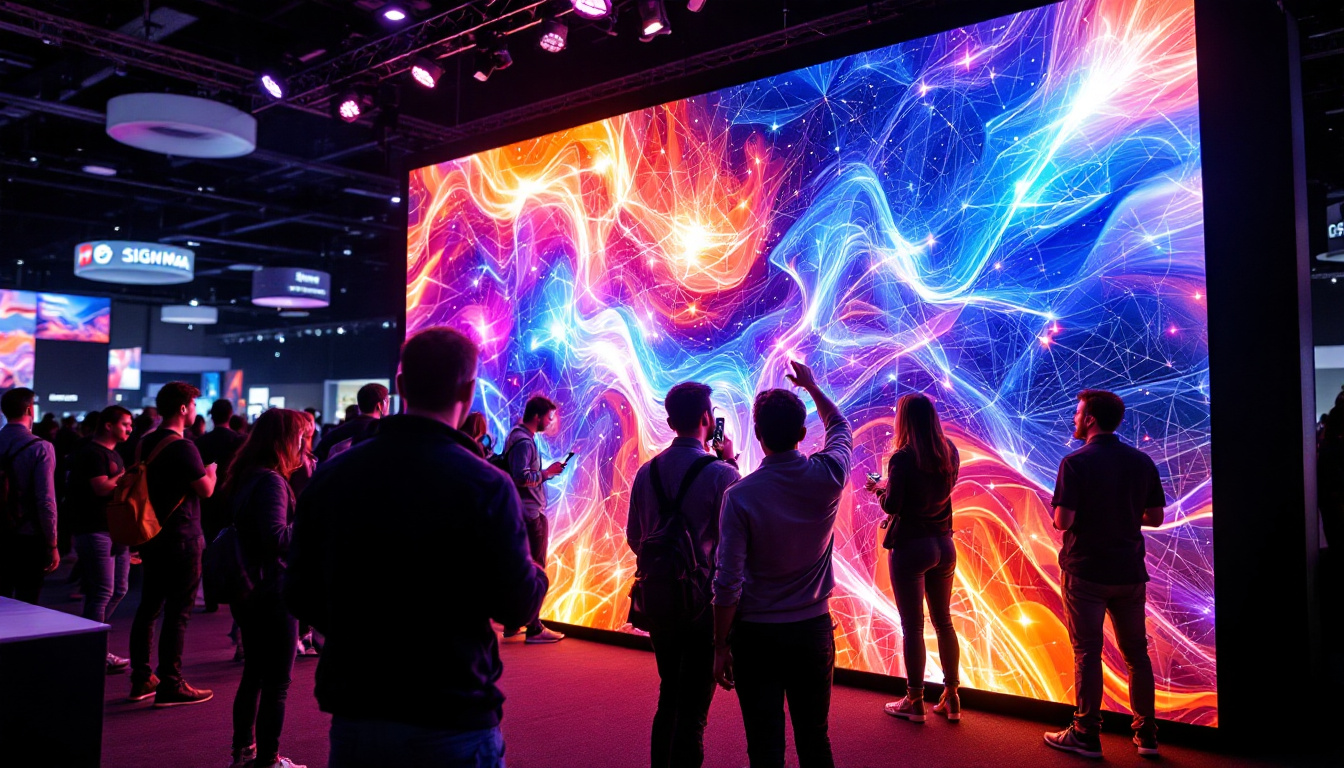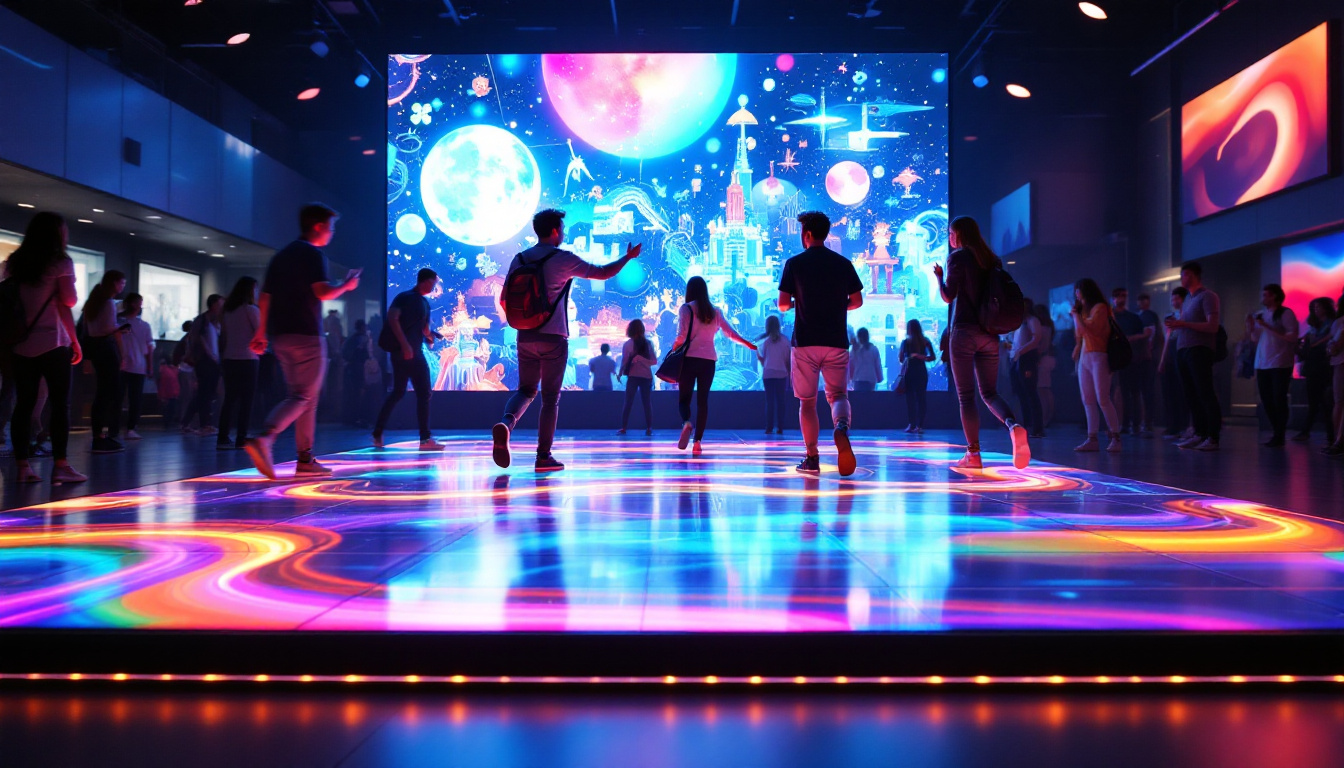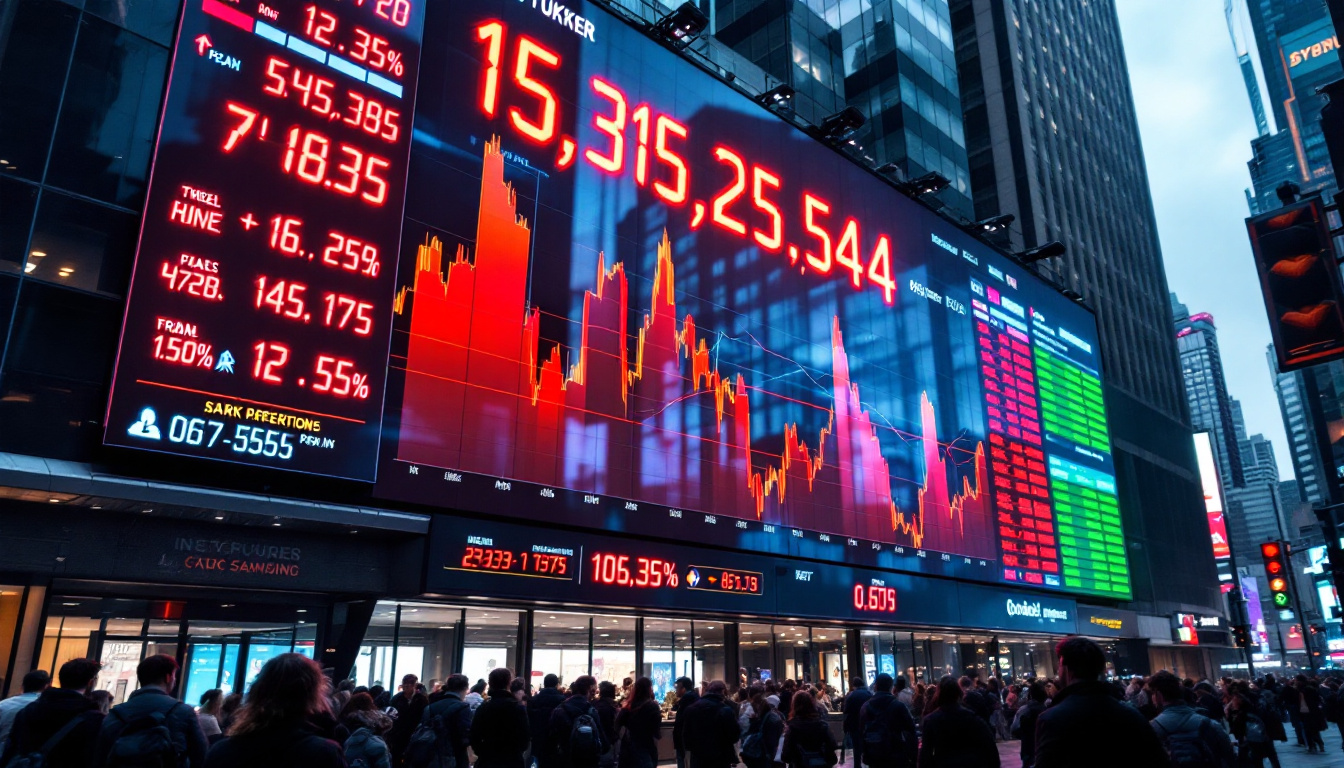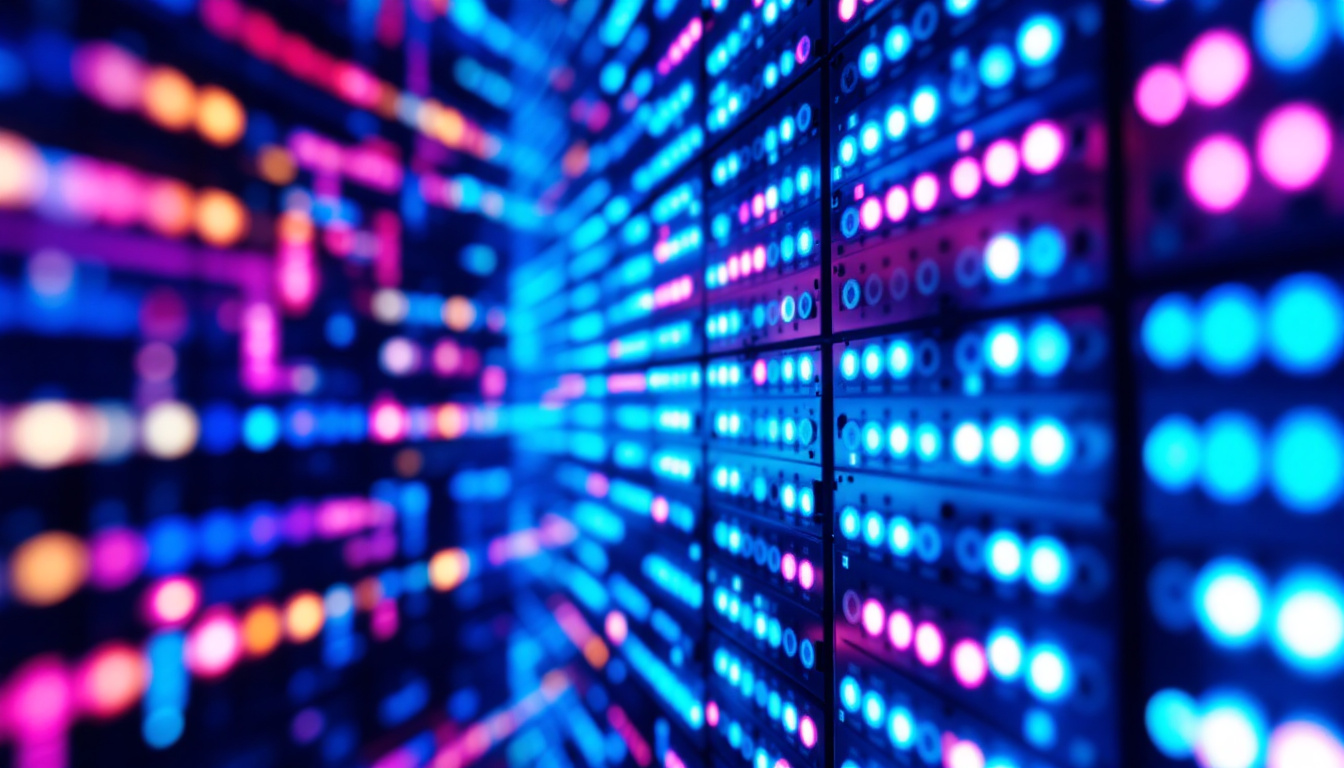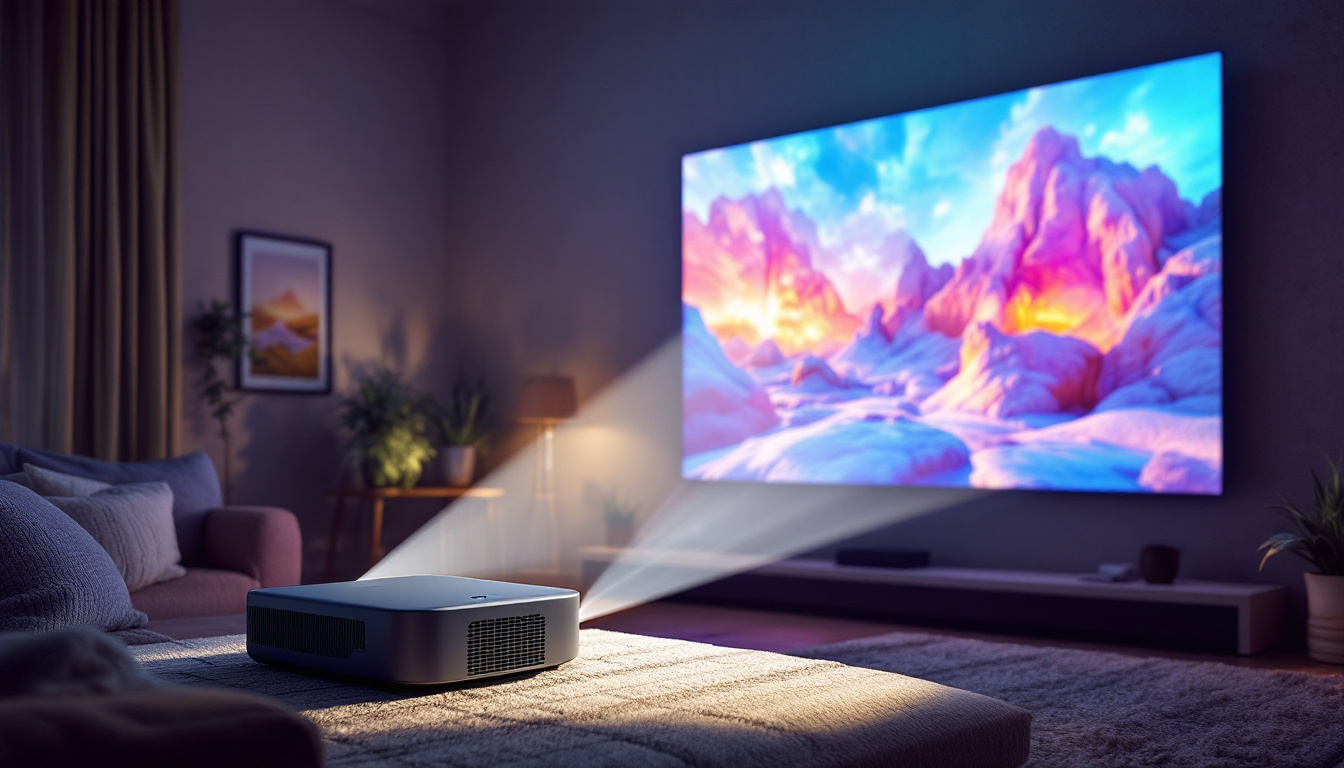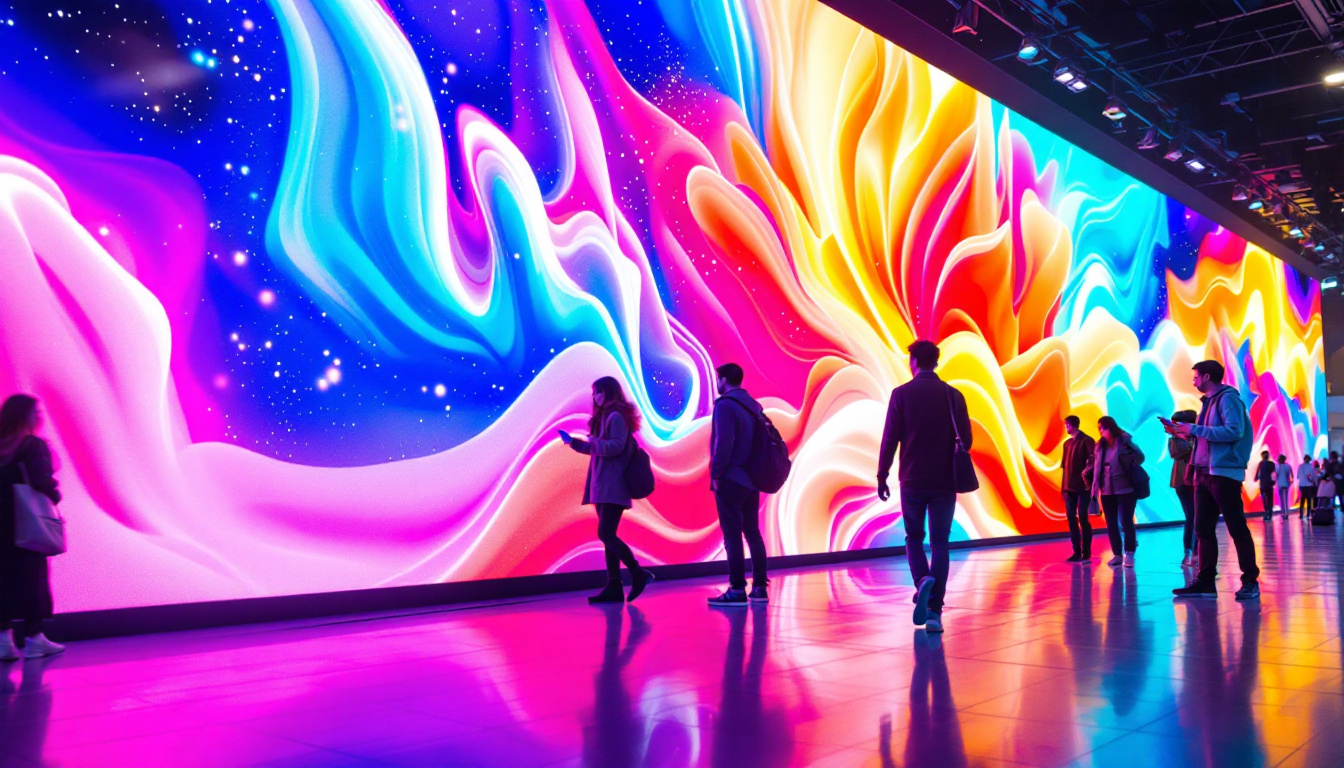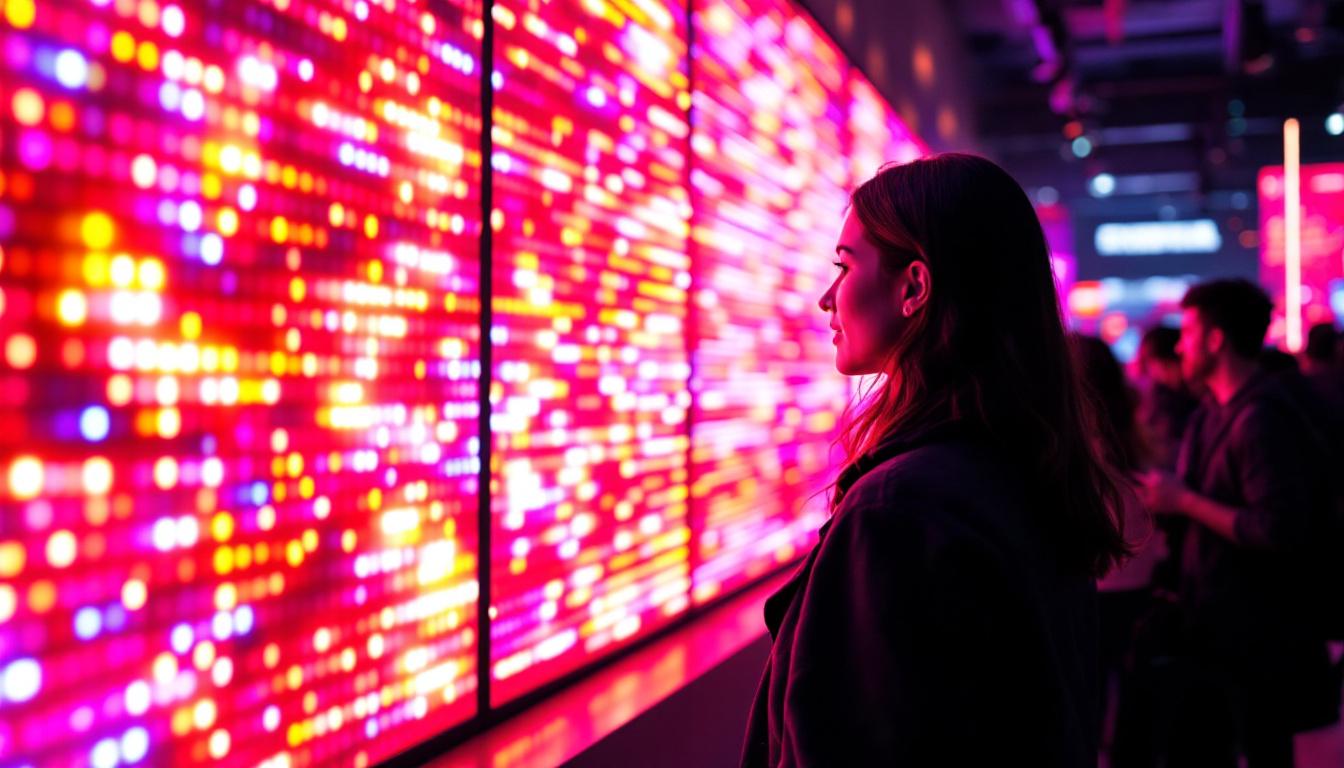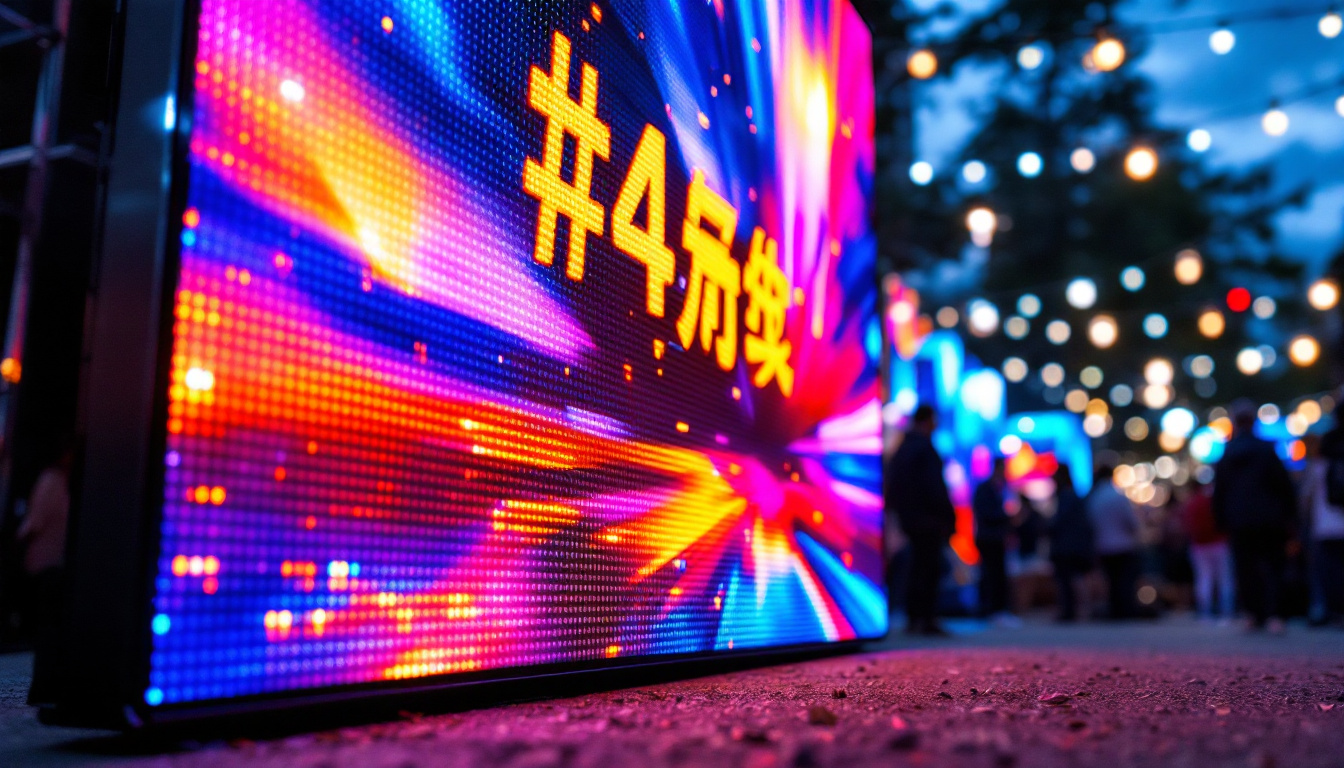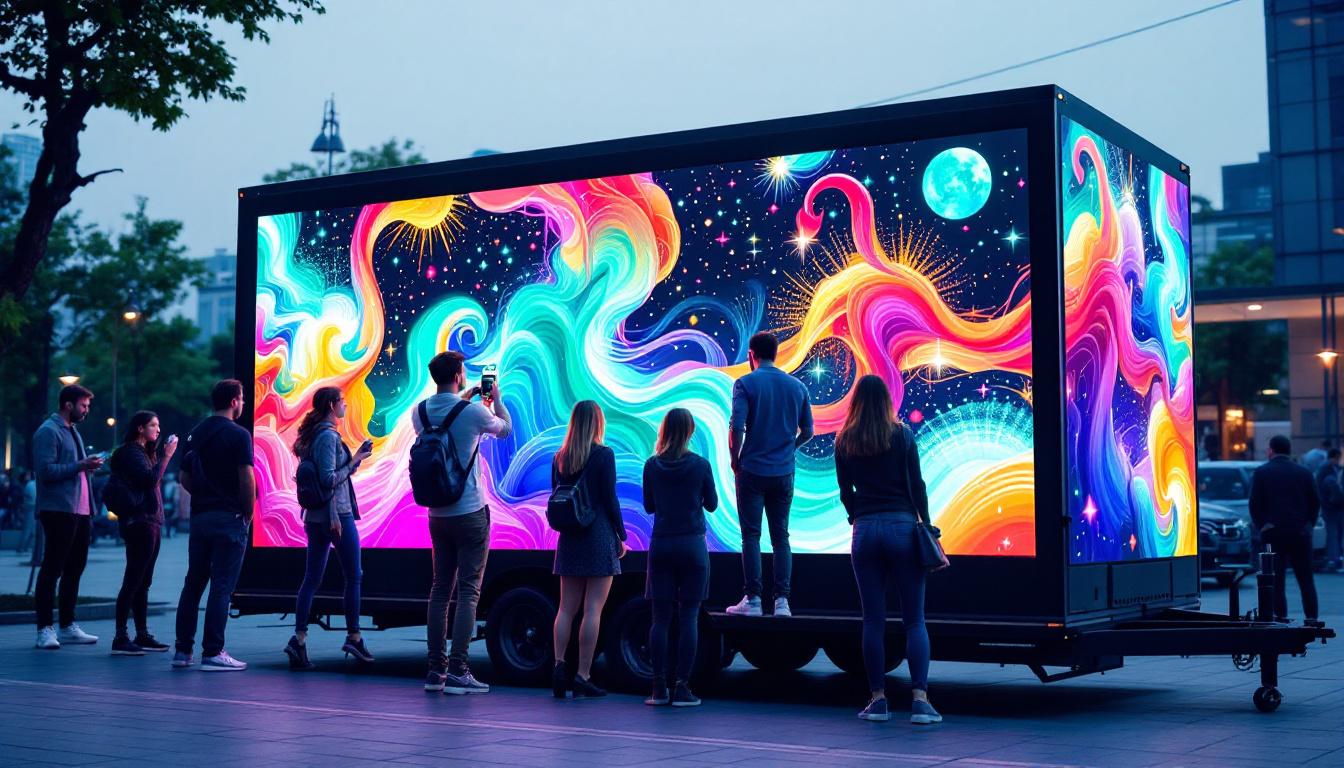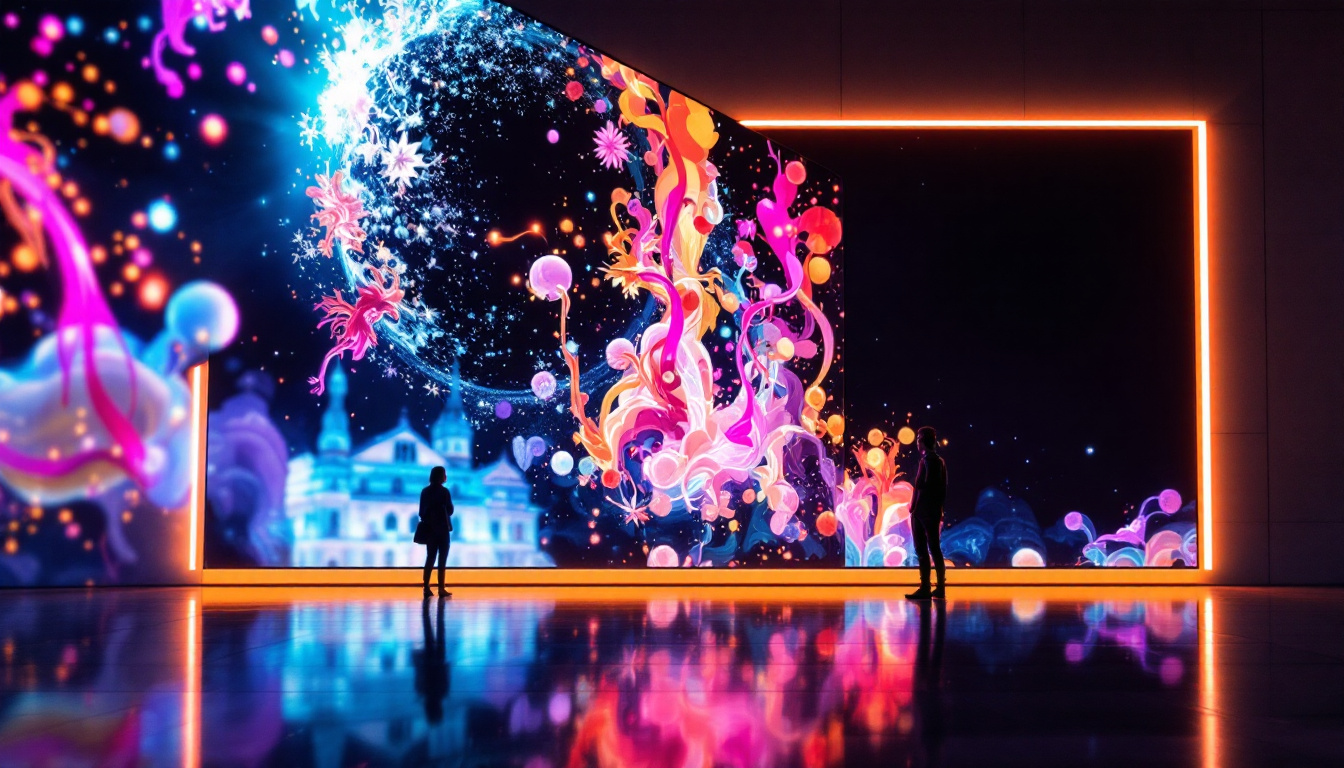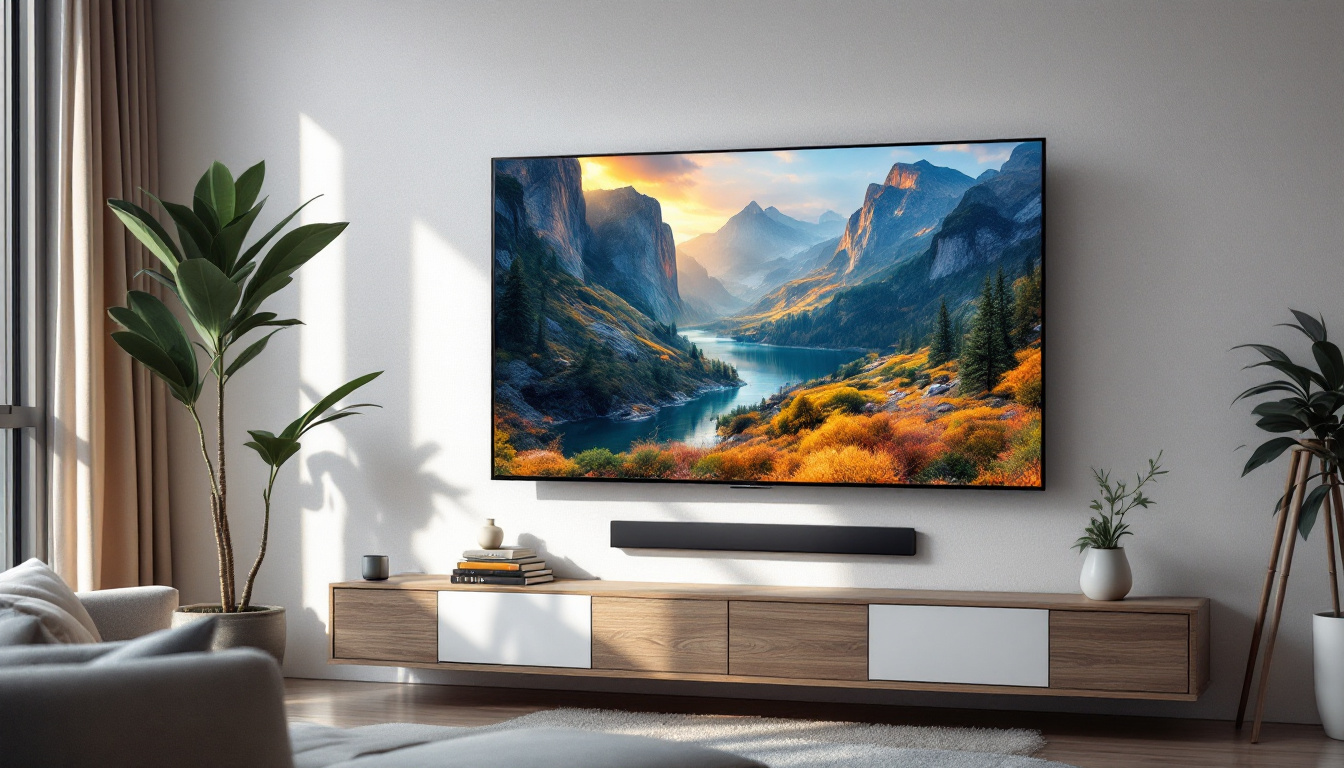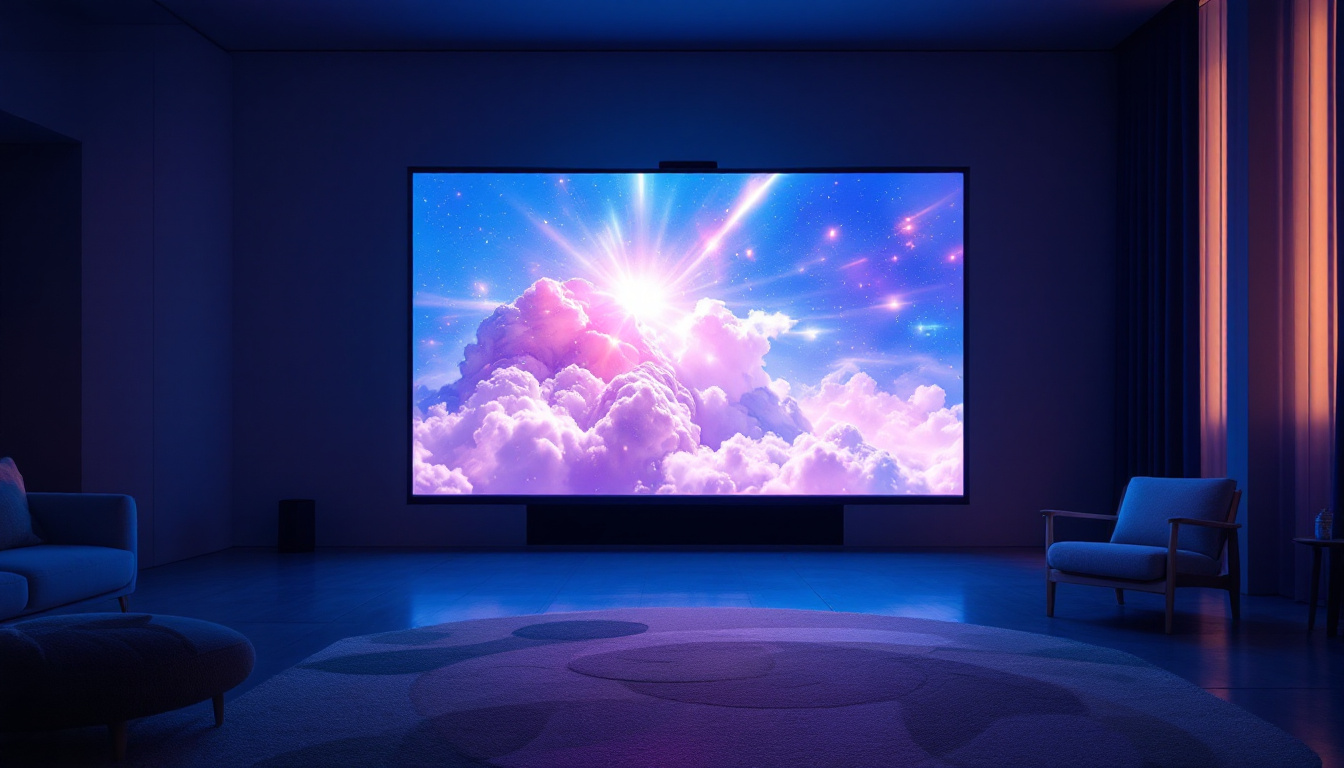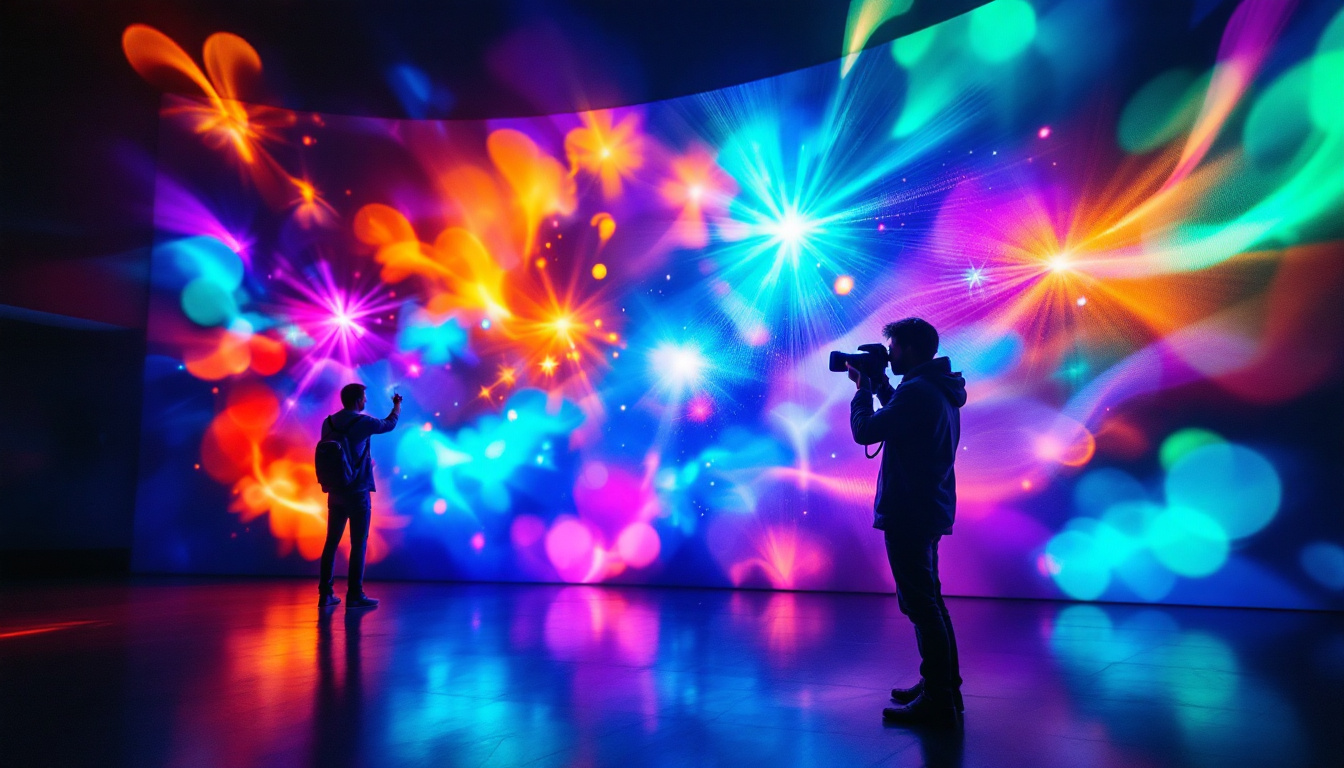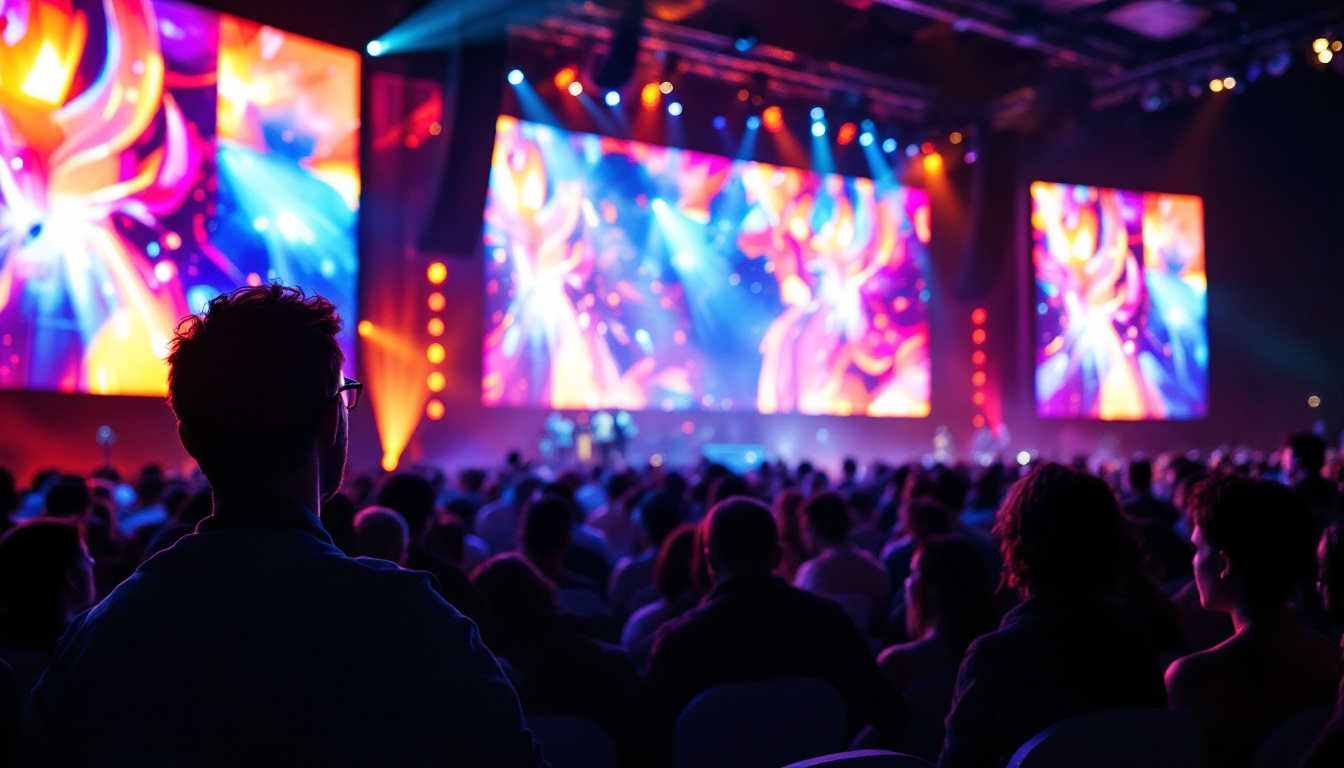In the realm of modern visual technology, LED displays have emerged as a revolutionary force, redefining how information is presented and consumed. Among these advancements, videowall LED systems stand out as a prominent solution for various applications, from advertising to entertainment and beyond. This article delves into the intricacies of videowall LED technology, exploring its components, benefits, applications, and future trends.
Understanding LED Technology
LED, or Light Emitting Diode, is a semiconductor device that emits light when an electric current passes through it. This technology has transformed the display industry, offering brighter, more energy-efficient, and longer-lasting alternatives to traditional display methods. Since their introduction, LEDs have not only revolutionized the way we illuminate our spaces but have also paved the way for advancements in various fields, including automotive lighting, architectural designs, and even horticulture.
The Basics of LED Displays
LED displays consist of numerous tiny light-emitting diodes grouped together to form a larger screen. Each pixel on an LED display is made up of red, green, and blue (RGB) diodes, which combine to create a full spectrum of colors. The arrangement of these pixels determines the resolution and clarity of the display. As technology has progressed, manufacturers have developed finer pixel pitches, allowing for higher resolutions and more detailed images, which are particularly beneficial for applications such as digital signage and high-definition television.
One of the key advantages of LED technology is its ability to produce vibrant colors and high brightness levels, making it suitable for both indoor and outdoor environments. Additionally, LED displays are known for their wide viewing angles, ensuring that the content is visible from various perspectives. This capability is especially important in crowded venues where viewers may be seated at different angles, as it ensures a uniform viewing experience. Furthermore, the durability of LED displays allows them to withstand harsh weather conditions, making them ideal for outdoor advertising and public information displays.
Types of LED Displays
There are several types of LED displays, each designed for specific applications. The two primary categories are:
- Direct View LED Displays: These displays are made up of individual LED modules that are seamlessly connected to create a large screen. They are commonly used for videowalls in control rooms, stadiums, and advertising installations. The modular nature of direct view LED displays allows for easy scalability, enabling users to customize the size and shape of their screens to fit various environments and needs.
- LED Backlit Displays: These displays use LED technology to illuminate an LCD panel from behind. This method enhances brightness and contrast but does not offer the same level of flexibility and scalability as direct view LED displays. However, they are widely used in televisions and computer monitors, providing a cost-effective solution for consumers seeking improved image quality without the need for a complete display overhaul.
In addition to these primary types, there are also specialized LED displays, such as transparent LED screens, which allow for a unique blend of digital content and physical spaces. These displays can be used in retail environments to create eye-catching advertisements without obstructing the view of the products behind them. Moreover, flexible LED displays are emerging as a new frontier, allowing for creative shapes and installations that were previously unimaginable, opening up new possibilities for artistic expression and innovative design in public spaces.
Components of a Videowall LED System
A videowall LED system is composed of several key components that work together to deliver high-quality visual content. Understanding these components is essential for anyone looking to implement a videowall solution.
LED Panels
At the heart of any videowall is the LED panel. These panels are designed to be modular, allowing for easy scaling and customization based on the specific needs of the installation. The size, resolution, and pixel pitch of the panels can vary significantly, impacting the overall performance and visual experience.
Processing Units
Processing units play a crucial role in managing the content displayed on a videowall. These units take input from various sources—such as computers, cameras, or media players—and distribute the content across the individual LED panels. Advanced processing units can also enhance image quality through scaling, color correction, and other adjustments.
Mounting and Support Structures
Proper mounting and support structures are vital for the stability and safety of a videowall. These structures must be designed to accommodate the weight and dimensions of the LED panels while allowing for easy access for maintenance and repairs. Depending on the installation environment, different mounting options, such as wall-mounted, freestanding, or suspended configurations, may be utilized.
Benefits of Videowall LED Technology
Videowall LED systems offer numerous advantages that make them an attractive choice for various applications. Understanding these benefits can help organizations make informed decisions when considering a videowall solution.
High Visibility and Impact
One of the most significant benefits of videowall LED technology is its ability to deliver high visibility and impactful visuals. The brightness of LED displays ensures that content remains clear and vibrant, even in brightly lit environments. This makes videowalls ideal for outdoor advertising, concerts, and events where capturing the audience’s attention is crucial.
Energy Efficiency
LED technology is known for its energy efficiency, consuming significantly less power compared to traditional display technologies. This not only reduces operational costs but also contributes to a more sustainable approach to visual displays. Organizations can benefit from lower electricity bills while minimizing their environmental footprint.
Versatility and Scalability
Videowall LED systems are highly versatile and scalable, allowing for a wide range of applications. Whether it’s a small display for a corporate lobby or a massive installation for a sports arena, LED technology can be tailored to meet specific requirements. The modular nature of LED panels makes it easy to expand or reconfigure the display as needed.
Applications of Videowall LED Technology
The versatility of videowall LED technology has led to its adoption across various industries. Here are some prominent applications that showcase the capabilities of this innovative display solution.
Advertising and Marketing
In the advertising sector, videowall LED displays have become a powerful tool for engaging audiences. Brands utilize large, eye-catching displays to showcase advertisements, promotions, and interactive content in high-traffic areas. The dynamic nature of LED technology allows for real-time updates, ensuring that marketing messages remain relevant and timely.
Control Rooms and Monitoring Stations
Control rooms in industries such as transportation, security, and utilities rely on videowall LED systems for monitoring and decision-making. These displays provide operators with a comprehensive view of critical data, allowing for quick responses to emergencies or operational issues. The ability to display multiple sources of information simultaneously enhances situational awareness and improves overall efficiency.
Entertainment and Events
In the entertainment industry, videowalls are commonly used in concerts, festivals, and theatrical productions. They serve as dynamic backdrops, enhancing the overall experience for audiences. The ability to create stunning visuals and immersive environments has made videowalls a staple in live events, captivating audiences and elevating performances.
Challenges and Considerations
While videowall LED technology offers numerous benefits, there are also challenges and considerations that organizations must address when implementing these systems.
Cost and Investment
The initial investment for a videowall LED system can be substantial, particularly for high-resolution displays. Organizations must carefully evaluate their budget and consider the long-term return on investment. Factors such as maintenance, energy costs, and potential revenue generation from advertising can influence the overall financial viability of the project.
Maintenance and Longevity
Maintaining a videowall LED system is essential for ensuring optimal performance and longevity. Regular cleaning, calibration, and software updates are necessary to keep the display functioning at its best. Organizations should factor in maintenance costs and develop a proactive maintenance plan to avoid unexpected downtime.
Content Management
Effective content management is crucial for maximizing the impact of a videowall. Organizations must invest in robust content management systems that allow for easy scheduling, updating, and monitoring of displayed content. The ability to create engaging and relevant content tailored to the target audience is key to leveraging the full potential of a videowall.
Future Trends in Videowall LED Technology
The landscape of videowall LED technology is continually evolving, driven by advancements in technology and changing consumer preferences. Several trends are shaping the future of this industry.
Higher Resolutions and Pixel Density
As technology progresses, the demand for higher resolutions and pixel density in videowall displays is on the rise. Ultra-high-definition (UHD) and 8K resolutions are becoming more accessible, allowing for even more detailed and immersive visuals. This trend is particularly relevant for applications where clarity and detail are paramount, such as in control rooms and high-end advertising.
Integration with Augmented and Virtual Reality
The integration of videowall technology with augmented reality (AR) and virtual reality (VR) is an exciting frontier. As these technologies continue to develop, the potential for creating immersive experiences using videowalls will expand. This could revolutionize industries such as entertainment, education, and training, providing users with interactive and engaging content.
Smart Technology and Automation
Smart technology and automation are increasingly being integrated into videowall systems. This includes features such as automated content scheduling, real-time analytics, and remote monitoring capabilities. These advancements enhance the user experience and streamline operations, making it easier for organizations to manage their displays effectively.
Conclusion
Videowall LED technology represents a significant advancement in the display industry, offering unparalleled visual experiences across various applications. With their high visibility, energy efficiency, and versatility, these systems are transforming how information is presented and consumed. As technology continues to evolve, the future of videowall LED displays looks promising, with exciting trends on the horizon that will further enhance their capabilities and applications.
Organizations considering a videowall solution should carefully evaluate their needs, budget, and long-term goals. By understanding the components, benefits, and challenges associated with videowall LED technology, they can make informed decisions that will ultimately lead to successful implementations and impactful visual experiences.
Discover LumenMatrix’s Innovative LED Solutions
Ready to elevate your visual experience with the latest in LED display technology? LumenMatrix is at the forefront of creating immersive and dynamic visual solutions that captivate and engage. From Indoor and Outdoor LED Wall Displays to specialized solutions like Vehicle LED Displays, LED Sports Displays, and even Custom LED Displays, our mission is to revolutionize your visual communication. Don’t miss the opportunity to transform your space with our cutting-edge LED display modules. Check out LumenMatrix LED Display Solutions today and see how we can help you share your message with impact and clarity.

